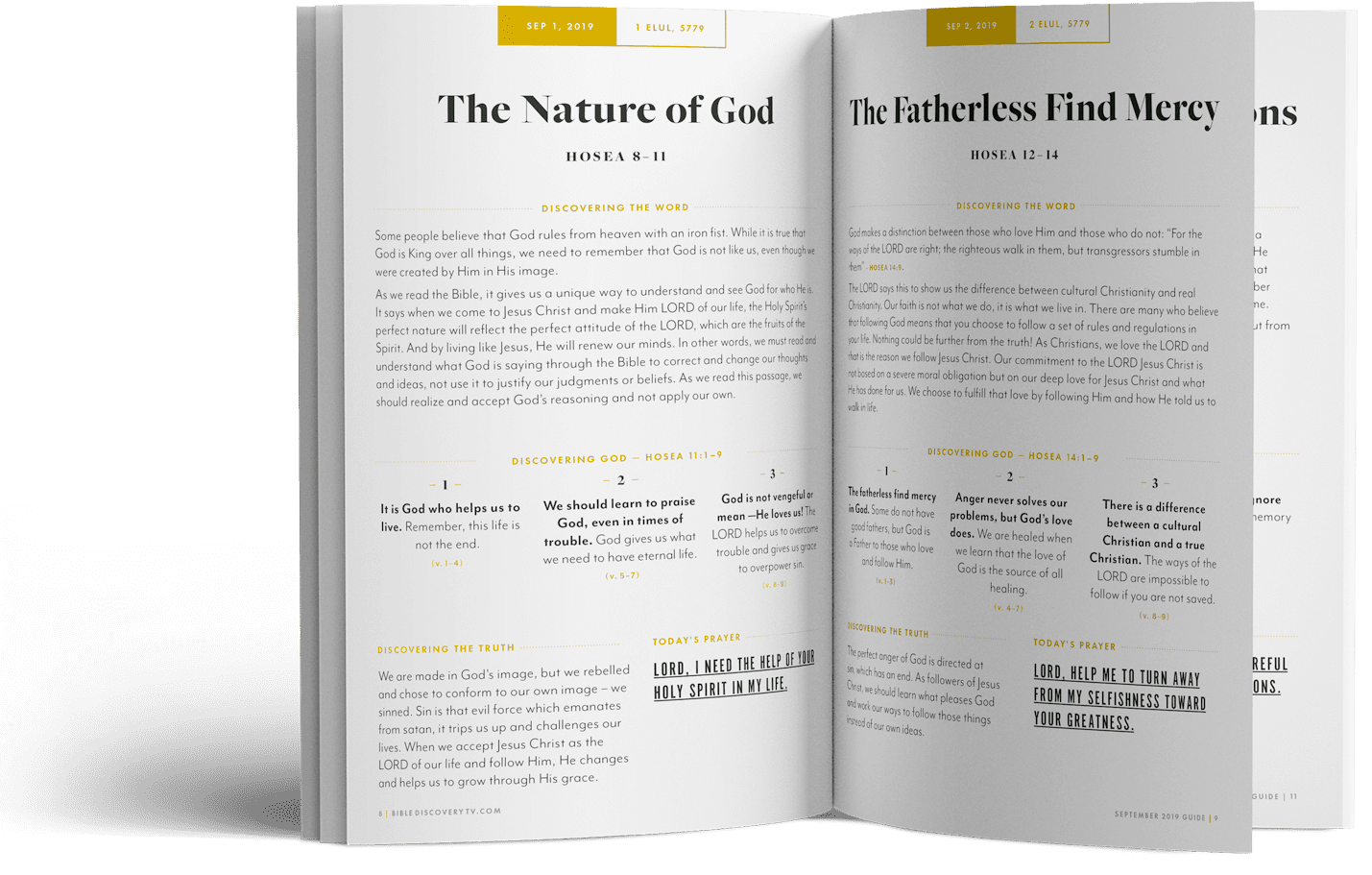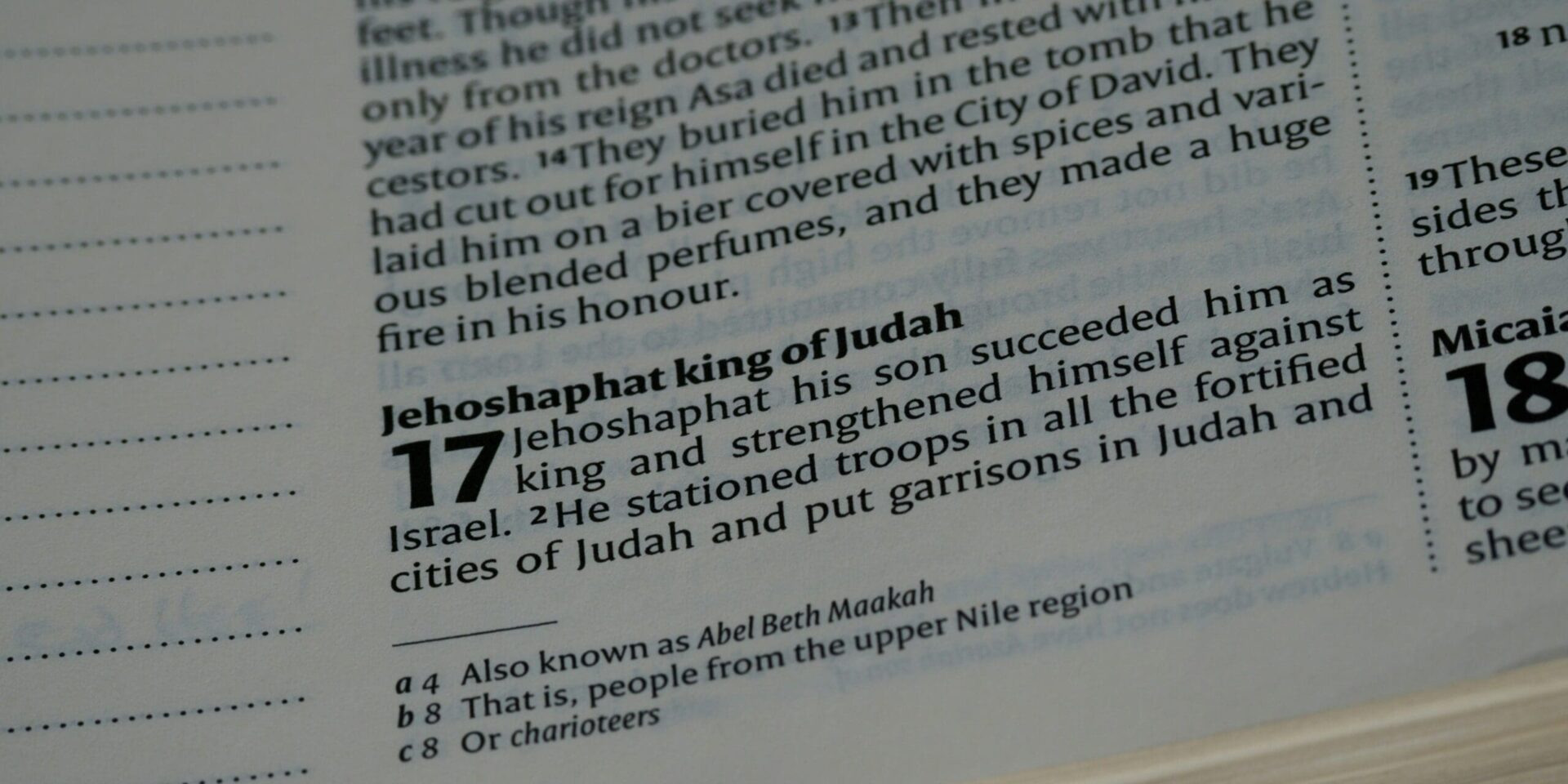There are a lot of people searching for errors and contradictions in the Bible to prove it is not inspired by God. They think if it contains a single discrepancy then it cannot be God’s Word since God is perfect by definition.
For example, critics point to what they think is a contradiction regarding King Jehoshaphat. In 2 Chronicles 17:5-6 it says that Jehoshaphat removed the high places of worship, but 1 Kings 22:42-43 and 2 Chronicles 20:31-33 say that he did not remove the high places. Skeptics make the mistake of thinking that because the Bible has some alleged discrepancies and anomalies like this that it must be in error and therefore cannot be God’s Word. But as Detective Warner Wallace (who has conducted countless police investigations) points out, these differences are expected from true and actual eyewitness accounts and actually bring authenticity to them.[1] As a matter of fact, if there were no differences or anomalies then that would be suspect. Indeed, if the Biblical text had no variances, then, ironically these same people who attack the Bible for its alleged errors would then claim that the Biblical writers colluded and that there was some sort of a conspiracy! So the differences in the accounts bring authenticity to them. Not only that, but as Detective Wallace has also discovered about apparently conflicting witness reports in his police work, what seems at first to be an error or discrepancy often turns out in the end to be in harmony with the story and actually provides more detail. And that is exactly what we find with the Biblical text here.
“And his heart took delight in the ways of the Lord; moreover he removed the high places and wooden images from Judah.”
2 Chronicles 17:6
In fact, there are at least two possible solutions to this so-called contradiction surrounding Jehoshaphat and the removing of the high places. The first possibility is that “Jehoshaphat removed only the high places that were dedicated to the worship of idols (2 Chronicles 17:5–6).”[2] According to Christian apologist Dr. Jason Lisle, in 2 Chronicles 17:5-6 “the word Asherim (translated “groves” in some English versions) indicates the image of Astarte, the Canaanite goddess and consort of Baal. Jehoshaphat removed these. However, Jehoshaphat did not remove the high places dedicated to the worship of the true God (1 Kings 22:42–43; 2 Chronicles 20:31–33). These too were inappropriate, because under the Mosaic administration, sacrifices were to be offered only in the tabernacle/Temple. But Jehoshaphat perhaps considered this a lesser sin, or perhaps he was simply unable to prevent the people from sacrificing to God at these high places.”[3]
The other possibility is that Jehoshaphat did remove some or all the high places when he took the throne but as time went on the people built new ones. When we read Kings and Chronicles, we see how high places were a recurring issue, as they were easy to build and were part of the festering idolatry in Israel. So, these could be the high places which Jehoshaphat did not remove. In either case, there is no true contradiction.

Ryan Hembree is a daily co-host, speaker, and writer of Bible Discovery. He also hosts a YouTube channel that shows the unity of the Bible and how science and Scripture fit together. Ryan also has an honorary Masters of Ministry in Creation Science from Phoenix University of Theology.






